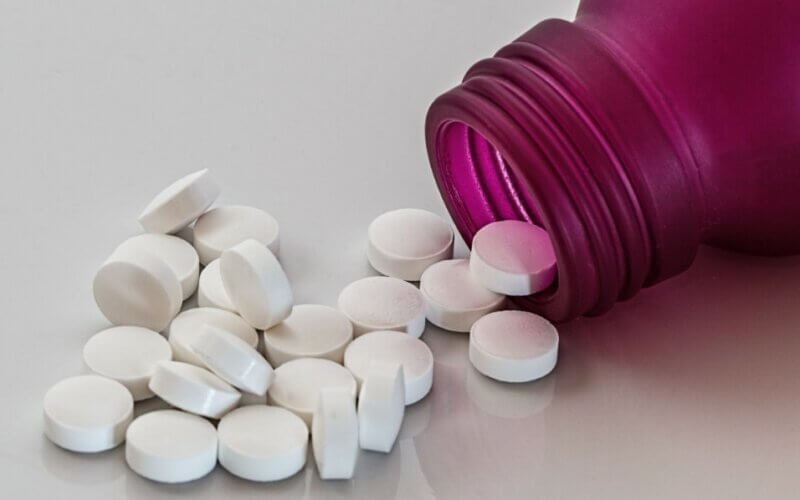Navigating the world of prescription medication can be daunting, especially when it comes to managing costs. Fortunately, prescription drug assistance programs exist to help patients afford their necessary medications. In this comprehensive guide, we’ll explore various avenues to find these programs and how they can benefit you.
Understanding Prescription Drug Assistance Programs
Prescription drug assistance programs (PAPs) are designed to help patients who cannot afford their medications. These programs are typically offered by pharmaceutical companies, government agencies, and non-profit organizations. They may provide free or discounted medications to eligible individuals.
Who Qualifies for Prescription Drug Assistance?
Eligibility criteria vary by program but generally consider factors such as:
- Income level
- Insurance status
- Residency requirements
- Medical condition or prescription needs
How to Find Prescription Drug Assistance Programs
1. Pharmaceutical Company Programs
Many pharmaceutical companies offer assistance programs for their medications. To find these programs:
- Visit the drug manufacturer’s website and look for a section on patient assistance or affordability.
- Use online directories like RxAssist or NeedyMeds that compile information on various PAPs.
2. Government Programs
Several government programs provide prescription assistance:
- Medicare Part D Extra Help: A federal program for Medicare beneficiaries with limited income and resources.
- Medicaid: A state and federal program offering health coverage to eligible low-income individuals, including prescription drug benefits.
- State Pharmaceutical Assistance Programs (SPAPs): Some states offer their own assistance programs for residents. Check your state’s health department website for more information.
3. Non-Profit Organizations
Non-profits like the Patient Advocate Foundation and the HealthWell Foundation offer financial assistance for medications and related expenses.
4. Discount Cards and Coupon Programs
Prescription discount cards like RxGo provide savings on a wide range of medications. For example:
- Atorvastatin Coupon (generic Lipitor)
- Metformin Coupon (generic Glucophage)
These cards are often free and can be used at many pharmacies.
5. Community Health Centers and Clinics
Local health centers and clinics may offer reduced-cost or free medications for low-income patients. Check with your local health department for nearby resources.
Tips for Navigating Prescription Drug Assistance Programs
- Start Early: Begin your search for assistance before your medication runs out.
- Be Organized: Keep track of your medical records, prescriptions, and any required documentation.
- Ask Questions: Understand the program’s eligibility criteria, application process, and renewal requirements.
- Seek Help: If you’re overwhelmed, healthcare providers or social workers can often assist in finding and applying for programs.
Conclusion
Prescription drug assistance programs can provide much-needed relief for those struggling with medication costs. By exploring the options available through pharmaceutical companies, government agencies, non-profits, and discount programs, you can find the support you need to manage your prescriptions. Remember to stay proactive, organized, and seek help when needed.
Note: The information provided in this article is for educational purposes only and should not be substituted for professional medical advice. Always consult with your healthcare provider for personalized guidance and treatment options.

